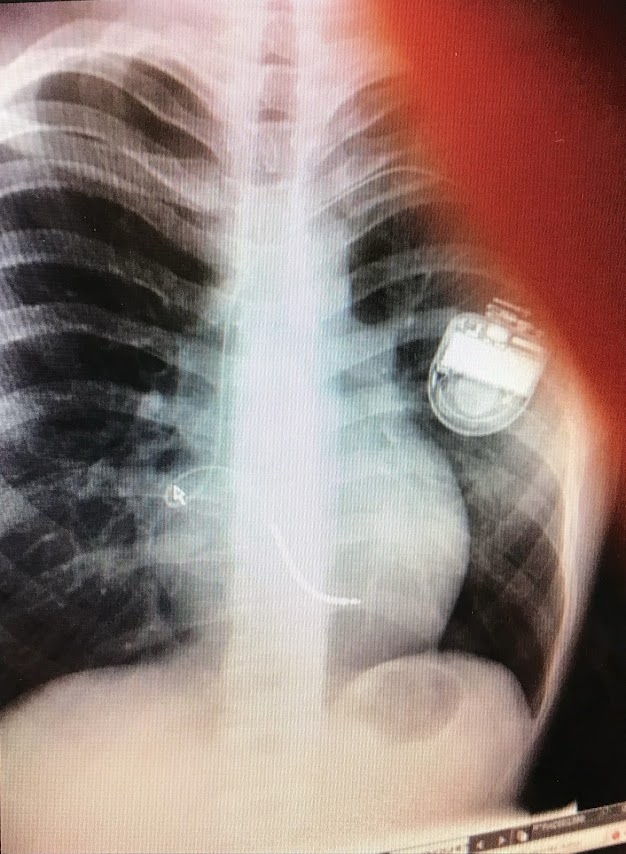With surgeries becoming more accessible and the solution to treating certain diseases that could potentially be fatal, the emergence of prosthetic limbs has definitely been an important medical advancement. One of the earliest prostheses used was a wooden toe discovered on an Egyptian mummy. Throughout the years, implantable prostheses such as hip and knee replacements have helped many patients return to their normal lives. Study of tissues and discovery of stem cells by Drs. James Till & Ernest McCulloch has allowed scientists to generate whole organs and tissues through tissue engineering, allowing them to perfectly match the organs to the patients, thereby reducing the risk of any complications.

The problem with prostheses
However, despite this, implantable prostheses have their disadvantages. For example, they have a very little active role since they mainly act as a form of structural support. Certain actions such as moving individual fingers in a hand replacement are proven to be difficult since this relies on the work of muscles. Artificial joints are often made out of synthetic materials and these get rejected by the body, causing further illnesses. Moreover, they have a relatively short lifespan of around 5 years, meaning they will need to be constantly replaced: this could cause financial problems for some families. Recently, a new process called Targeted Muscle Reinnovation has been brought up which allows scientists to connect individual nerves to the remaining muscles, and therefore make it easier to perform complicated movements. However, the process of creating and testing this is manually tiring for the user.
So how has Artificial Intelligence helped us?
In 2017, a group of researchers created a computer-controlled prosthetic arm that could perform elaborate movements and carry out complex activities. The process doesn’t require the user’s efforts, thereby making it easier for them. Previously used prosthetics were controlled through EMG sensors placed on the skin. This new method makes it easier for testing out the models. Furthermore, these AI-controlled prostheses respond to nerve signaling patterns, allowing them to produce multiple movements simultaneously. A new technique has also evolved called regenerative peripheral nerve interface (RPNI) relies on wrapping a small piece of muscle around an amputated nerve to produce signals which can then be amplified.
AI is slowly being used to introduce intelligence to these artificial prostheses and this will hopefully make them more accessible to people in the future. All current models are just prototypes and are yet to be made available for use.
For more information, check out these links:
This scientific article was written by Marijan Hassan on 23/01/2023
The article was written on 1/09/2020 by the medical futurist
2. https://medicalfuturist.com/the-future-of-prosthetics-depends-on-a-i/


This is an initially reflective and well researched blog showing how you have chosen to explore the emerging field of…
This is a good attempt at a blog, where you reflect on your recent learning at a lecture/workshop to describe…
This is a fair to good blog, reflecting on your recent learning in some of your modules. You provide a…
This is an engagingly written and reflective blog focussed in general on ethics in medicine. You might improve by citing…
This is a good and well written an presented blog on an original subject - biofilms on implants. You explain…